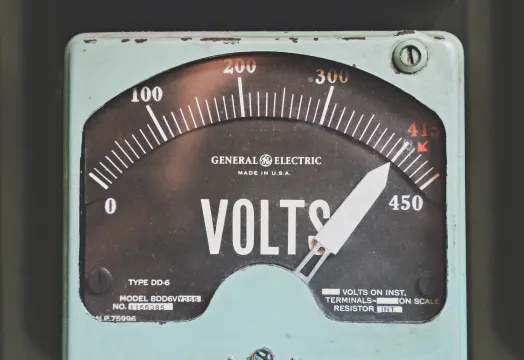

Some resources from federal government sites are currently unavailable; when possible, we’ve provided alternative non-government links to ensure continued data access.
Site maintenance is scheduled for Saturday, 1/17 from 5AM - 1PM EST. The site may be unavailable during this window.
